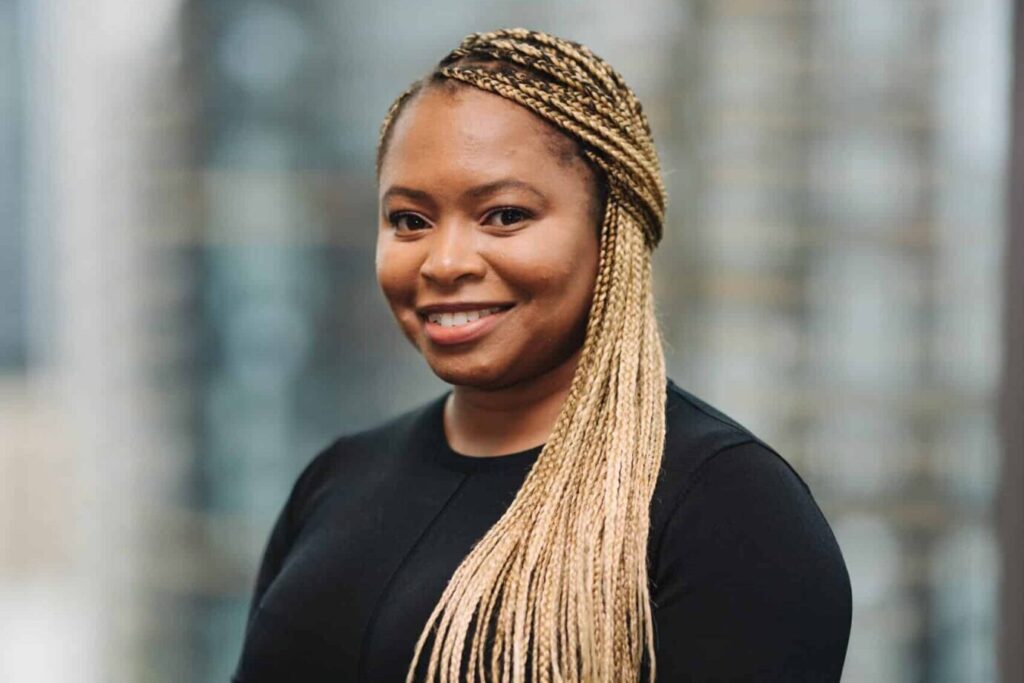Although the world has moved on from the devastating news of the unceremonious ousting of former Harvard University President Claudine Gay and the untimely death of Lincoln University’s Vice President of Student Affairs Dr Antoinette “Bonnie” Candia-Bailey, I have not.
Although the incidents happened in the academia world a pond over in the US, it hit me like a ton of bricks.
Both cases resonated so deeply with me because sadly, the narratives are not isolated incidents but are more common than expected.
I am a corporate girlie (among many other accomplishments) who is looking to pursue executive leadership in the corporate world, but a running theme that I continually discuss with my therapist is, “at what cost?”. So, I continue to progress in my career journey with trepidation.
WGEA reported that in Australia, women constitute 42 per cent of all employees, yet make up just a quarter of executives and only 10 per cent of CEOs for large, for-profit companies. For my case, I will need to add the intersectionality of being a migrant and being a Black woman which further widens the gap.
Not only do I have to navigate through a glass ceiling, but when I am in executive leadership, KPMG’s report She’s Price(d)less quantified the Australian gender pay gap to be worth ~$1bn, with the gap widening from 6 per cent among the lowest earning workers to 18 per cent among the executives.
In Australia, we have seen a fair share of women in executive leadership face the guillotine; from the misogyny faced by Julia Gillard to Christine Holgate’s public execution, as well as the most recent target Kelly Bayer Rosmarin. Is that what comes with the territory?! Should it though?! There are many other cases but so far the narrative around executive leadership is not sounding appealing to me AT ALL!
I hold onto hope that possibly Macquarie Group’s CEO Shemara Wikramanayake may have a positive story but I fear finding out more about her leadership experience as it may taint my perspective.
There have been countless DEI initiatives that have been implemented across the board, some successfully, others not so much. However, the fundamental flaw I see is the attempt to retrofit into an industrial system never designed with women in mind. There needs to be a radical rethink of how we look at the way we work and job design. Factors such as the impact of the burden of care, equitable access to opportunities and equitable compensation of labour all need to be considered to fashion an inclusive workplace that supports women.
The challenge is, not many want to invest in dismantling the system, especially when one benefits from it, so you get a lot of resistance to changing the status quo. Reality is the status quo is not working for half of the population and that is a costly problem for the economy.
We have recent experience of pivoting quickly and on a large scale with our COVID experience, so don’t tell me it’s impossible. Radical change will also need to involve changes in societal attitudes towards women and the contribution women make to the functioning of society. Are we faring any better in that realm? With violence against women still a prevalent problem in Australian society, we still have a fair way to go in turning around sentiments. The discourse needs to be ongoing because the health of a functioning economy is subject to the status of the well-being and welfare of its participants.
As I contemplate my next career move, I am continuously seeking out positive representation and narratives that will fuel my hopes to enter executive leadership.
I have hope for the future and we are progressing as a society albeit at a slower rate than desired. However, I am embarking on the journey with my eyes wide open and prioritising my mental health with every step because what I am not going to do is sacrifice my well-being for the sake of a title.
So if you know of stories of women in executive leadership who are thriving, please share. Help a girl out!


